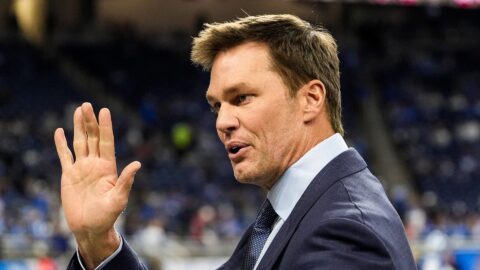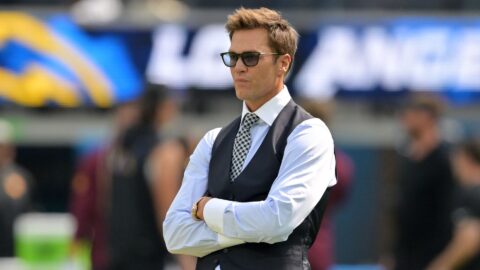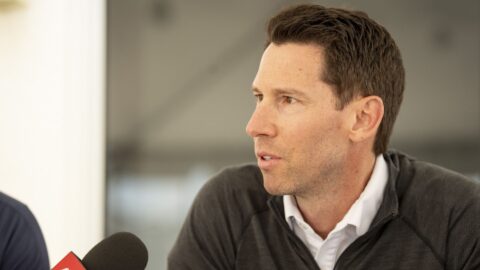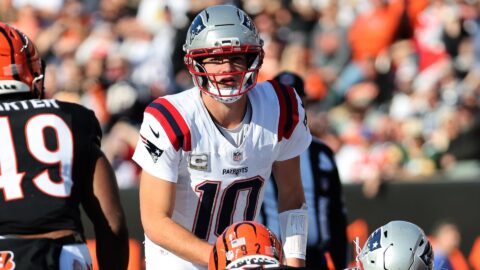This might sound strange, but I knew steroids in baseball had become a problem when my mom noticed it.
Back in the early 2000s, when many of us were innocent and/or willfully ignorant enough to believe Barry Bonds' incredible strength was the product of a rigid workout regimen, she wondered out loud: "Whatever happened to the skinny little ballplayer?"
I scoffed at her, of course — don't you hate it when mom tries to offer her sports analysis? — because it appeared the days of toothpick Ted Williams hitting 43 home runs in a season were a thing of the past.
A decade later, traditional steroids appear to have been elimated from the game, for the most part, although human growth hormone remains controversial and new performance-enhancing drugs like deer antler spray pop up regularly. With the return of cleaner baseball comes the return of the "skinny little ballplayer."
The Red Sox outfield is a prime example of how the game has shifted in a few short years. For the first time, all three starting Red Sox outfielders are speed and defense guys, without a lumbering slugger among them.
Jacoby Ellsbury, Carl Crawford and Josh Reddick exemplify the new breed of ballplayer, whose defense and willingness to take the extra base is valued as highly as an ability to hit moonshots. The Sox have had speedy centerfielders in the past, from Johnny Damon to Ellis Burks to Fred Lynn, all the way back to Dom DiMaggio. And Reddick looks like he has some of the same rugged characteristics of former right fielders like Dwight Evans or Trot Nixon.
Never before have the Red Sox had three such players manning the outfield at the same time for more than a game or two, though. Hall of Fame left fielder Jim Rice played 16 seasons, made eight All-Star teams, won an MVP award and was a perennial candidate for the honor, and he stole a grand total of 58 bases in his career. Manny Ramirez and Carl Yastrzemski had similar profiles.
They did what they did, and they did it well. But as the number of no-hitters has risen and the number of runs has fallen the last three years, the Red Sox have evolved.
The change has come about partly because the overall dropoff in home runs has created a greater emphasis on tools like speed and hitting for contact, but it's also driven by an adjustment in the franchise's philosophy. Signing Crawford to a seven-year deal in the offseason was Theo Epstein's announcement that left field in Fenway Park would no longer be reserved for someone who can hit a three-run homer now and again.
The new formula has not generated the same eye-popping offensive numbers. When compared to the outfields of other great Red Sox teams, the 2011 trio ranks solidly in the middle.
Rather than calculating every season since 1901, let's do the obvious and see how 2011 stacks up against the World Series participants:
2011 average on-base plus slugging: .840
2007: .796
2004: .917
1986: .813
1975: .872
1967: .868
1946: .891
Considering Crawford is having the worst season of his career, that's not so bad. The point isn't to construct an outfield that can compete with the outfields of the past, however, but to make one that can compete against the outfields of today.
The Red Sox are out in front of the trend, and due to the youth and contract status of their personnel, the speed and defense approach is going to be around for a few years.
The lesson: Always listen to you mother.



